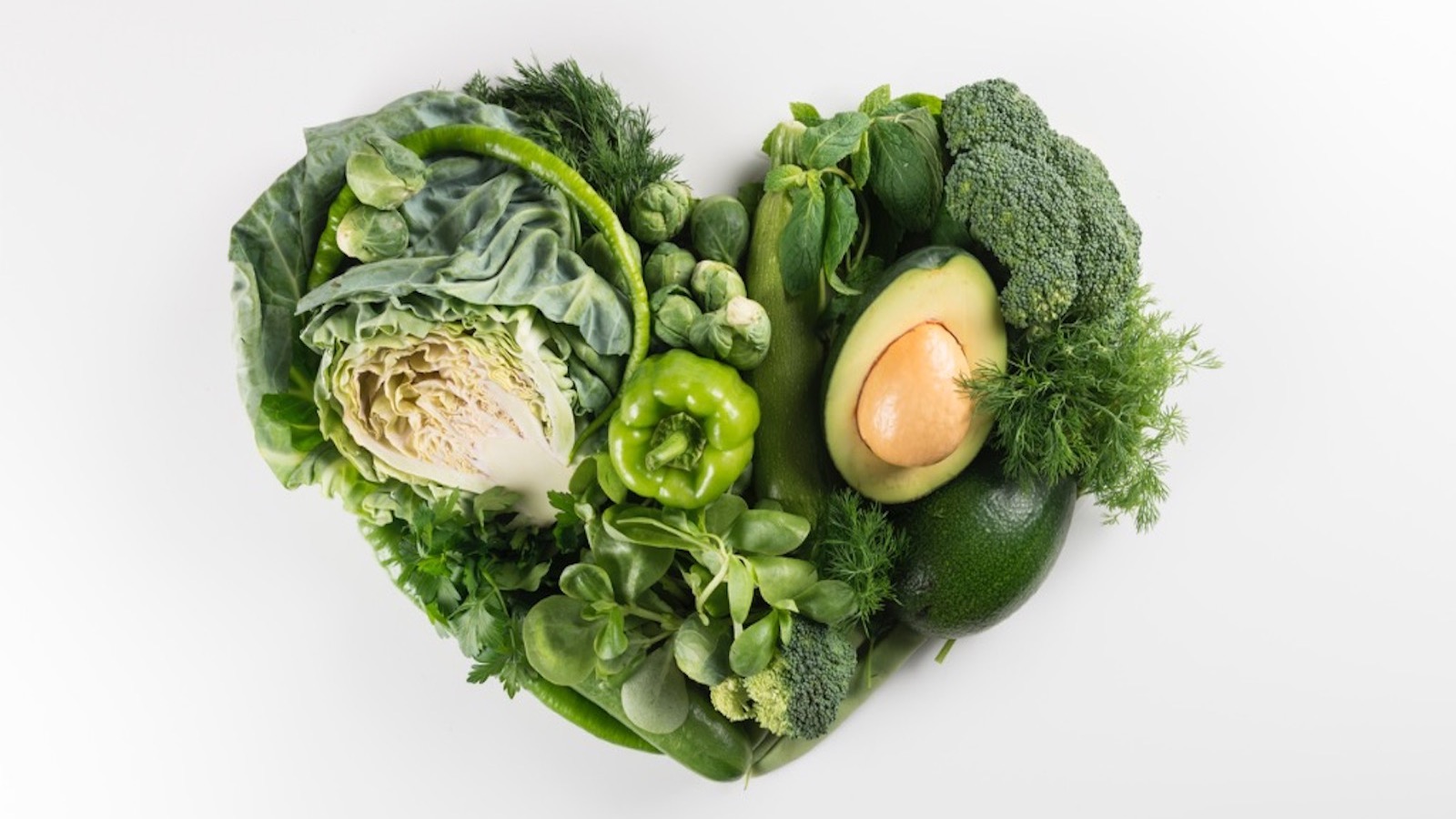Reduce Your Risk of Stroke
Stroke
Just the word instills fear and worry in my patients, and with good reason. It is the No. 1 cause of serious, long-term disability and the No. 3 cause of death in the U.S. Each year, 55,000 more women than men die from stroke.
A stroke is a heart attack of the brain. A stroke happens when one of the blood vessels to the brain becomes blocked by a clot or bursts. When that happens your brain can’t get the blood and oxygen it needs.
You can reduce your risk of stroke
High blood pressure is a significant risk factor for women—especially after menopause. Even if you have high blood pressure, however, there are some simple steps you can take to reduce your risk of stroke.
- Talk to your doctor about taking a baby aspirin each day. It’s one of the easiest things you can do.
- Get your hypertension (high blood pressure) under control. It can be done. Check out our tips here to see how.
Atrial fibrillation, or an irregular heart rhythm, is another major risk factor for stroke. Also known as “A-Fib”, it is responsible for between 15 and 20 percent of all strokes. And, while it is serious, it is also easily treated. Many women hesitate to take the most common medication prescribed for A-Fib—the blood thinner, Warfarin. Yes, it does require a bit more management than other medicines, but it is a true lifesaver for those with this condition.
Finally, if you act F.A.S.T., you can also reduce or eliminate the impact of a stroke
Think and act F.A.S.T.
- F FACE – Ask the person to smile. Does one side of the face droop?
- A ARMS – Ask the person to raise both arms. Does one side drift downward?
- S SPEECH – Ask the person to repeat a simple phrase. Is speech slurred or strange?
- T TIME – If you observe any of these signs, Call 9-1-1 immediately. If they can get medical help within 3 hours, their chances of recovery can be greatly improved.
* Other, less frequent symptoms include:
- Sudden trouble seeing in one or both eyes.
- Sudden difficulty walking, dizziness or a loss of balance or coordination.
- Sudden severe headache with no known cause.
A stroke is serious business, but when you take ownership of your health you can significantly reduce your chance of suffering from one. Do it for yourself. Do it for your family and friends. Do it for your quality of life.
Until next time!





